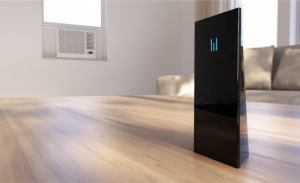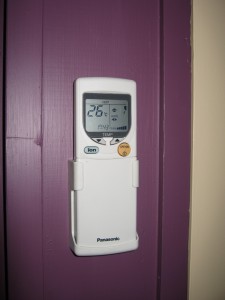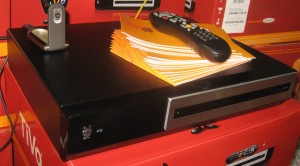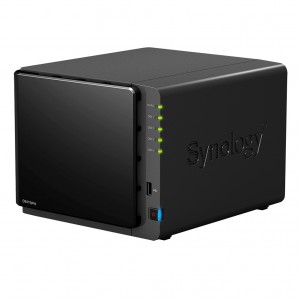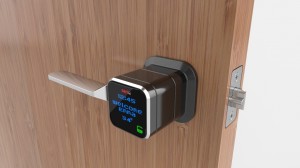Be sure about that property sale being conducted over the Internet is kosher
Article
Scammers sell Canberra house without owner’s knowledge | ABC News (Australia)
My Comments
Recently, a news item was run by the ABC News concerning scams involving the sale of houses and other real-estate property via the Internet without the owner’s knowledge. This was affecting people who own a property in another country such as a “expat” who is maintaining their former home as a rental property. I also reckon that this can also happen with other high-value high-risk transactions such as the sale of financial instruments, vehicles or collectable rarities.
What was highlighted with the scam was there was no face-to-face contact between the parties. Typically the trasaction was based around email messages, instant-messaging posts or other similar technologies, especially where the contact addresses were always changing. This could highlight the use of disposable email accounts to facilitate the transaction and avoid repudiation.
If you can’t meet the other party face-to-face because you and them are separated by distance, it would be a good idea to make voice contact, whether through the classic telephone setup or through Skype or a similar VoIP setup. I would even go as far as conducting a videocall using Skype, Viber Desktop or a similar technology as a way of confirming the identity and veracity of the other party.
As well, it is essential that you have the documents and signatures concerning the transaction verified. For an international transaction, you could engage the services of your country’s diplomatic presence in the remote country. You may also have to engage an official translator if you are dealing with documents written in a foreign language.
One thing to remember is that if there is undue urgency to complete the transaction or you find that the transaction is on terms that is out of place for one of that kind, including prices that are ridiculously high or low for the property or properties of a similar type, location or condition, you could be falling foul of a scam. As well, seek counsel from experts relating to the kind of transaction that is taking place like real-estate agents, valuers or banks.


